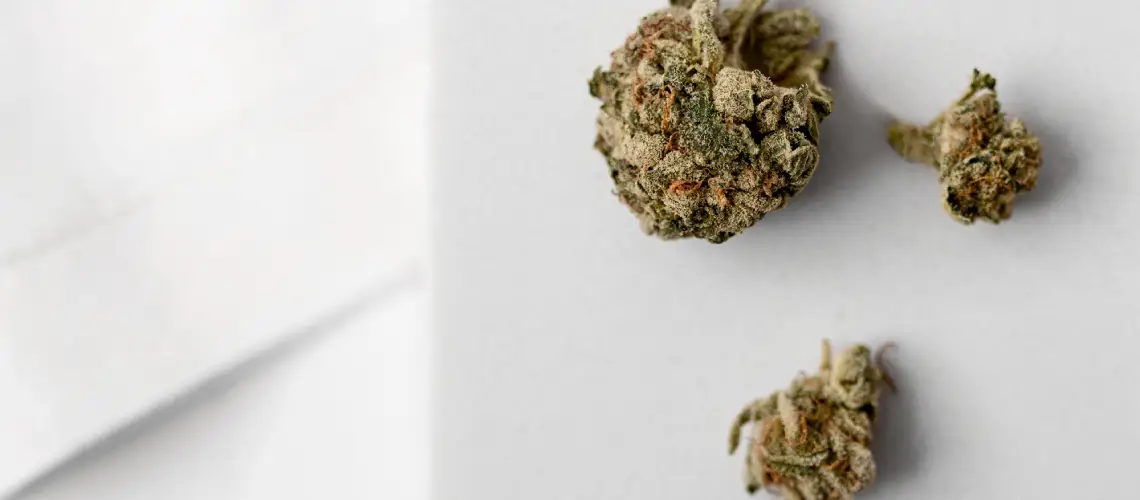For thousands of Australians living with long-term pain, the daily struggle goes far beyond discomfort. From joint stiffness and nerve flare-ups to migraines and muscular tension, chronic pain impacts sleep, mood, and mobility. Increasingly, patients are exploring weed as a medical option, guided by healthcare professionals seeking a safer, more sustainable path beyond opioids or anti-inflammatories.
Weed—when prescribed and accessed legally—is offering Australians a fresh way to manage their pain and take back control of their lives.
What Is Chronic Pain—and Why Are Aussies Seeking Alternatives?
Chronic pain is defined as any pain lasting longer than 3 months, often persisting despite traditional treatment. It affects:
- People recovering from injury or surgery
- Individuals with arthritis, fibromyalgia, or back conditions
- Australians managing nerve damage or autoimmune disorders
- Cancer patients and survivors
- Those living with endometriosis, migraines, or musculoskeletal pain
Traditional care often revolves around long-term prescriptions—especially opioids, which carry major risks including dependency, fatigue, brain fog, or organ stress.
In response, many Australians are shifting toward holistic and personalised options. Weed is increasingly at the forefront of that conversation, especially when combined with lifestyle changes, physical therapy, or mental health support.
How Weed Works to Manage Pain Naturally
Weed interacts with the endocannabinoid system—a complex network in the body that helps regulate pain, mood, inflammation, and more.
There are two primary components relevant to pain:
- THC (Tetrahydrocannabinol): Offers analgesic effects and may help block pain signals, especially helpful for nerve-based or inflammatory pain
- CBD (Cannabidiol): Reduces inflammation and anxiety while supporting calmness without a ‘high’
Depending on the condition and patient response, doctors may recommend a product high in CBD, THC, or a balanced ratio to support relief without heavy sedation.
Chronic Conditions Weed May Support
Weed is not a cure, but many patients report improvement in quality of life, especially when paired with professional guidance. Common pain-related conditions include:
- Arthritis: Reduces joint stiffness and morning inflammation
- Neuropathy: May help relieve burning, tingling, or shooting pain
- Fibromyalgia: Can support muscle relaxation and sleep quality
- Endometriosis: Helps relieve cramping and pelvic discomfort
- Back and neck pain: Alleviates pressure and tension
- Migraines: Eases frequency and severity of attacks
Patients often describe a sense of relief that allows them to move, sleep, and focus better—without being dulled by sedatives.
Types of Weed Products Prescribed for Pain Relief
Medical weed in Australia comes in controlled, prescribed formats—not unregulated products. Some options include:
- Oils and tinctures: Taken under the tongue, absorbed gradually
- Capsules: Simple to dose, discreet, and easy to integrate into routines
- Vapourised flower: For fast-acting relief when pain flares suddenly
- Topicals: Applied directly to sore joints or muscles for local relief
Doctors work with each patient to tailor the right method, considering both effectiveness and lifestyle compatibility.
Benefits Patients Report from Medical Weed
Those who turn to weed under professional care often report:
- Less reliance on painkillers
- Reduced side effects like constipation or drowsiness
- Improved sleep and mood
- Better mobility and focus during the day
- A greater sense of control over their health
Rather than masking pain temporarily, weed can help the body maintain balance—especially when used as part of a broader self-care strategy.
Accessing Weed for Pain Management in Australia
The process is doctor-led and regulated. Here’s how it typically works:
- Consultation with an AHPRA-registered doctor – either in person or via telehealth
- Medical screening to assess suitability and history
- If eligible, a treatment plan is created with personalised product recommendations
- Prescription fulfilment through a licensed and secure dispensary
- Ongoing follow-up to adjust dosage and monitor results
Australians can’t just walk into a pharmacy and buy weed—it’s a medical process focused on safety, efficacy, and long-term outcomes.
Is Weed Right for You or Someone You Know?
Weed isn’t a magic fix, but it’s an option that’s helping many Australians who feel stuck with their pain. It may be appropriate if you:
- Have tried other treatments with limited success
- Are concerned about the long-term impact of opioids or anti-inflammatories
- Prefer a natural approach under medical supervision
- Are seeking holistic, personalised care options
Many patients find it empowering to take a more active role in their health—especially with guidance from professionals who understand both traditional and natural approaches.
The Stigma Is Fading—And the Research Is Growing
Australia’s public view of weed is shifting quickly. What was once taboo is now being recognised as a legitimate option for a range of health conditions—including chronic pain.
Recent research and patient reports continue to support its role:
- Studies show significant pain relief with low-THC, high-CBD products
- Patients report improved function and reduced pharmaceutical load
- Doctors are receiving more training in prescribing and monitoring outcomes
- New clinical trials in Australia are paving the way for better guidelines and access
As regulation improves, so does safety, consistency, and legitimacy of use.
Conclusion: A Path to Relief Rooted in Balance
Weed is helping Australians move beyond the cycle of constant discomfort and chemical dependency. With doctor support, it can offer a more natural and adaptable way to manage pain—restoring energy, mobility, and peace of mind.
For many, it’s not about getting high—it’s about getting their life back.
